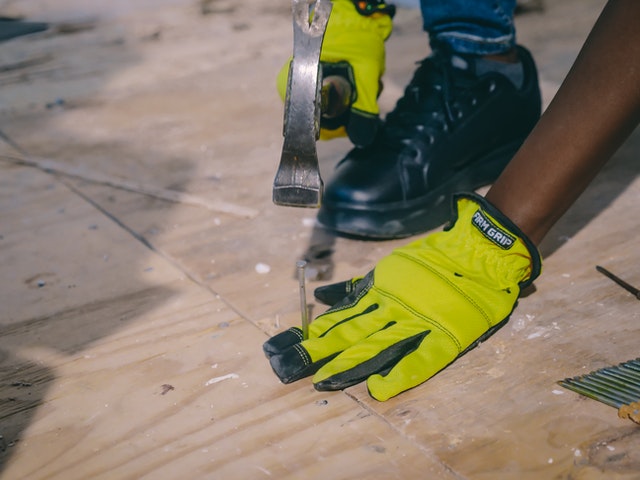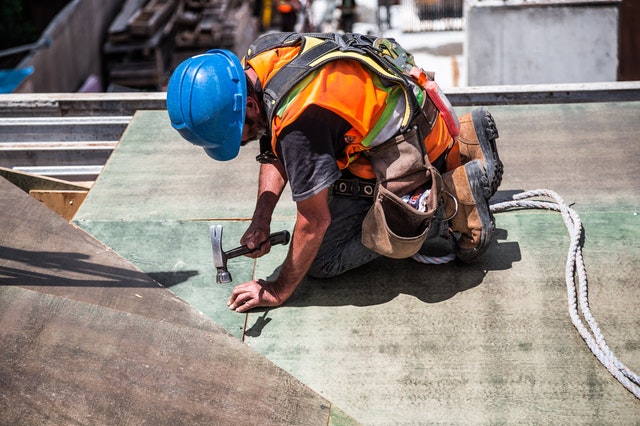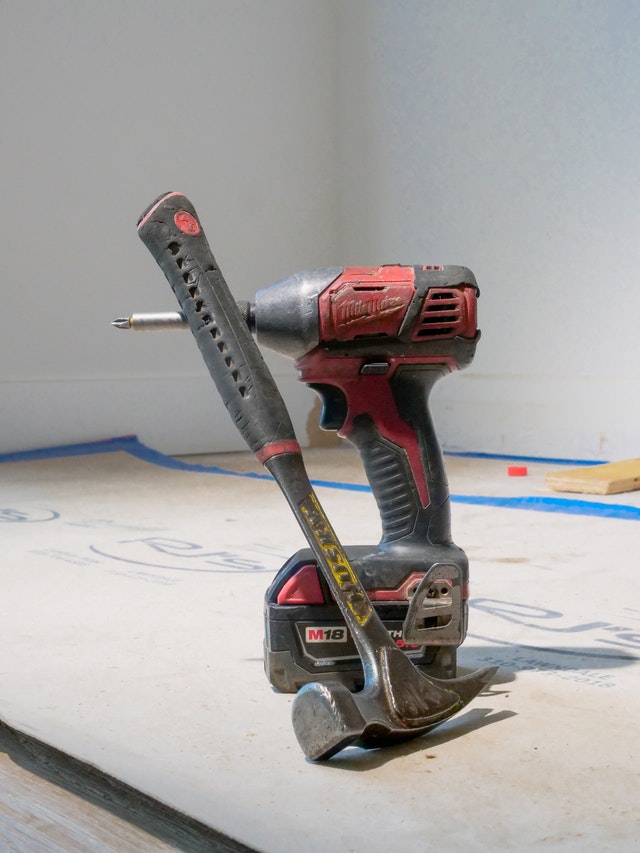An easy way to see if your sealing job is effective is to take a look inside your attic where the chimney meets the roof. Do this on a rainy day and look for any damp spots. Hopefully, you won’t see any, but if you do… you’ll know right where to look back on the roof!
Skylight Flashing
Generally, what’s referred to as “step-flashing’’ is used around the perimeter of skylights. It could be any number of short (up to about 12 inches long) pieces of aluminum that overlap each other down each side of the window.
These are tied into longer lengths of flashing along the top and bottom that work together to keep water from seeping in around the perimeter.
I’ve removed the skylight from its position so that you can better see the step-flashing. I don’t advise you do the same. Just take a peek under the rim of the glass frame.
The most important thing you can do in this situation is to keep dirt and debris from building up around the edges. This organic material can cause miniature dams that allow water to flow back up and under the flashing and shingles.
Simply use a whisk broom or brush to sweep away the debris in the fall. Generally, a couple of cleanings a year is sufficient for this job, but if you have large trees that shed limbs or twigs, you might have to do it more often.
If you notice any nails protruding from the flashing, drive them back in (as described in the chimney flashing repair), coating the head of the nail with flashing sealant.
Roof Flashing
Check the areas where any two different roof lines meet on your home. You should see metal flashing similar to this.
Check for any rips or tears in the surface of the flashing. Use a small amount of clear silicone sealant to patch the hole if necessary.
This type of flashing tends to hold up pretty well, since it’s on a vertical surface and generally shielded. In some cases an object like a tree limb has made contact making a tear. Also look closely at any seams that may have become separated.
There could be a sealant of some form holding a seam like this together. If any foreign objects have become lodged in the seam, simply remove them. To prevent damaging the flashing, use a foam paint roller to flatten out any seams that may have become bent over time.
By taking a little time each year to inspect the flashing on your roof, you could be saving literally thousands of dollars in repairs. Remember the mantra, “water will find a way!’’ it’s your job to keep the roadblocks in place and performing their best!






